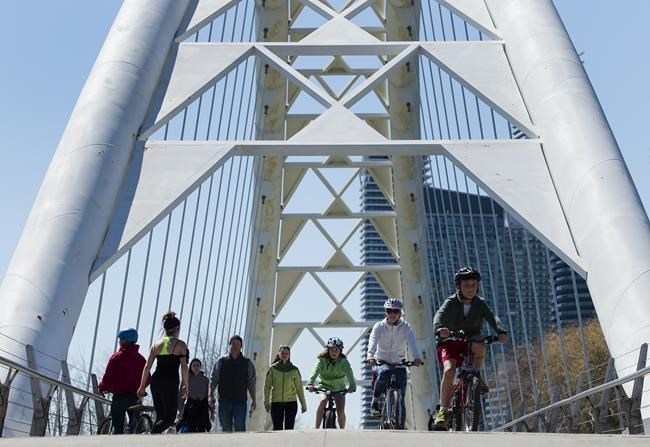Canada's most populous province grew at a faster pace than the rest of the country overall over the last five years, thanks largely to immigration.
Some of the most dramatic local growth happened outside of Ontario's largest urban areas. A number of First Nations communities were among those with the largest population bumps, and towns like Collingwood and Wasaga Beach were among the fastest-growing areas in the country.
Smaller urban areas known as tourist destinations with proximity to nature — within driving distance of larger cities — attracted migrants from elsewhere in Ontario. The city of London, Ont., meanwhile, saw a 10 per cent population bump that was mainly due to immigration.
Here's a look at the data.
2021 population: 14,223,942
2016 population: 13,448,494
Population percentage change: 5.8
Total private dwellings: 5,929,250
Private dwellings occupied by usual residents: 5,491,201
Population density per square kilometre: 15.9
Land area in square kilometre: 892,411.76
Some communities with the most growth:
East Gwillimbury, 44.4 per cent
The Blue Mountains, 33.7 per cent
New Tecumseth, 28.3 per cent
Thorold, 26.7 per cent
Seguin, 22.7 per cent
Some communities with the most growth:
Dryden, -4.7 per cent
Bayham, -4.1 per cent
Fort Frances, -3.5 per cent
This report by The Canadian Press was first published Feb. 9, 2022.
The Canadian Press




